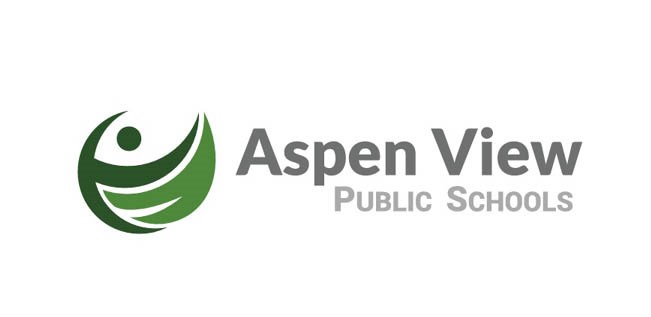ATHABASCA – Aspen View Public Schools trustees were presented at their June 15 meeting with a report compiling the results of the Student Voice sessions held throughout the month of May, wherein members of the board surveyed junior high students about their use of technology and how it impacted their education.
The data summary was compiled by Jenifer Borgen and Alissa Passmore of student services, who sat in on the Student Voice sessions. These were conducted mostly with Grade 7 students, though in the case of Grassland, the whole junior high was involved.
Supt. Neil O’Shea thanked both Borgen and Passmore for all the work they had done, noting that when the board goes out and engages the public, regardless of who they engage, it is done for the purpose of determining how to move forward in terms of policy.
“I think that’s what we’ll hear today: some of the things that they picked up when they were … working alongside of you about stuff that might inform future practice and policy,” O’Shea said.
Starting off with some broad findings, Borgen and Passmore said they learned that most students have access to technology at both school and home, and that many of them were able to recognize both the benefits and the challenges technology poses in terms of distractibility, easy access to games, the ability to cheat on assignments, and so forth.
They added that most students were aware of how to safely use technology, though not all of them did, and only some students were aware of cyber safety.
Borgen and Passmore said there were a lot of positives learned from the sessions, such as most students recognizing the benefits of being able to collaborate with each other and with staff using the Google Platform.
“When talking to the kids, a lot of this came from COVID ... They became very quick how to use those platforms during the COVID (pandemic) and that’s carried over to now,” they said.
Furthermore, many students appreciated the ability to connect with staff using technology, such as messaging a teacher when they were sick.
Another point that came up at many of the schools was how successful the annual robotics tournament hosted in May at Edwin Parr Composite (EPC) had been, and how much the students enjoyed participating.
One consistent point in all of the sessions, Borgen and Passmore indicated, was that not all students had cellphones or personal Chromebooks, noting there were at least a few in each class who did not have phones.
With that, there was an issue around inclusivity, they said, noting that it was sometimes very evident in presentations that a class was very aware of who had access to technology, and who did not.
Although the division has very little sway over Internet connectivity in students’ homes, board chair Candyce Nikipelo interjected that she would never want the division to exclude students who don’t have access to technology.
“I worry about those students being left behind,” Nikipelo said.
Borgen and Passmore said there were frequent requests for better Wi-fi coverage in schools, as students often used their phones to access Google Classroom. However, at least some students also asked for more paper assignments to get away from so much technology usage.
As for how much students know about artificial intelligence (AI), the responses were varied, ranging from kids who hadn’t heard much about it to some students who were using AI programs quite regularly.
In terms of what will follow this report, both indicated they are looking at connecting educators with resources on digital education.
Recognizing that students are aware of digital safety but not the dangers that can arise from online interaction, they are also now exploring the possibility of offering a course for students and parents using the My Safety Portal on digital citizenship and cyber safety.
Borgen and Passmore added the division also needs to look at clarifying its tech use agreements with students and staff, including photo sharing.
Finally, they said they will investigate using the division’s Mental Health in Schools grant to facilitate some info sessions for parents, students and staff.
Trustee April Bauer said she particularly enjoyed the conversations around AI, adding that she believed there could be more done to educate the students about it.
Trustee Dennis MacNeil emphasized the need for more work to be done with parents, noting that they are unaware of the dangers around certain applications.
On Wi-fi access, O’Shea said he believed that this was something the division could partner with municipal governments to advocate around.
Ultimately, O’Shea thanked trustees for their participation in the sessions, adding, "It’s a great way to finish our last meeting knowing that we have a plan moving forward into the new year based on some of the research you were able to gather."



